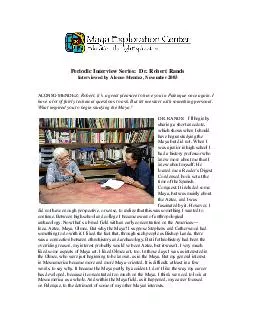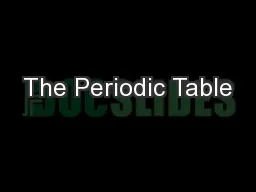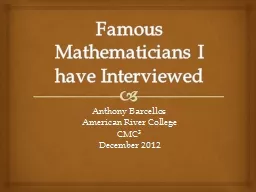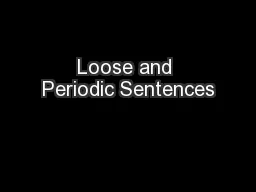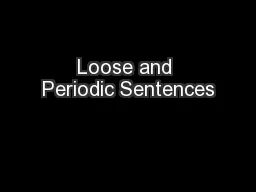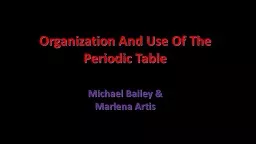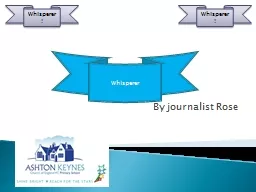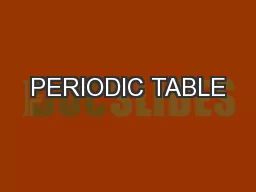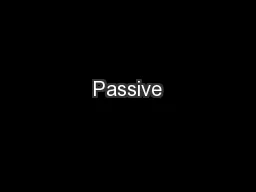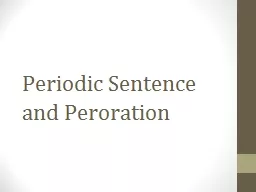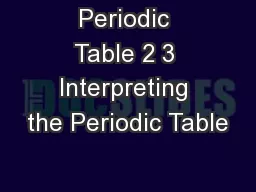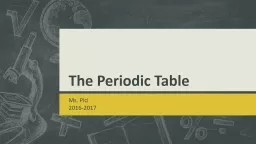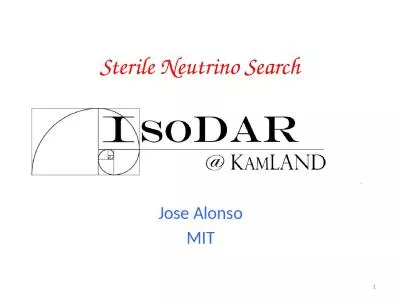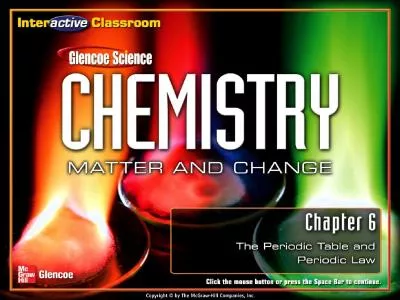PDF-Periodic Interview Series: Dr. Robert Rands Interviewed by Alonso Men
Author : lois-ondreau | Published Date : 2015-10-03
ALONSO Much of your work began during the formative period when we were just discovering the Maya You could have studied sculpture or architecture133 DR RANDS I
Presentation Embed Code
Download Presentation
Download Presentation The PPT/PDF document "Periodic Interview Series: Dr. Robert R..." is the property of its rightful owner. Permission is granted to download and print the materials on this website for personal, non-commercial use only, and to display it on your personal computer provided you do not modify the materials and that you retain all copyright notices contained in the materials. By downloading content from our website, you accept the terms of this agreement.
Periodic Interview Series: Dr. Robert Rands Interviewed by Alonso Men: Transcript
Download Rules Of Document
"Periodic Interview Series: Dr. Robert Rands Interviewed by Alonso Men"The content belongs to its owner. You may download and print it for personal use, without modification, and keep all copyright notices. By downloading, you agree to these terms.
Related Documents

